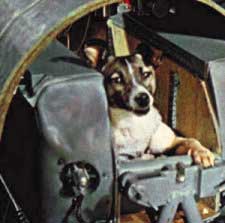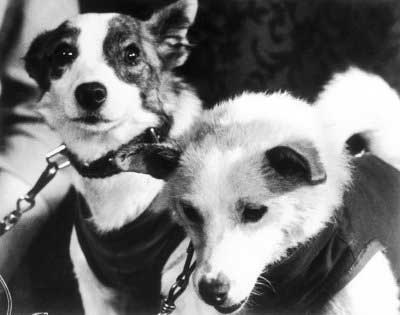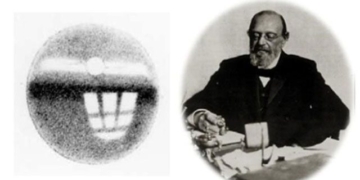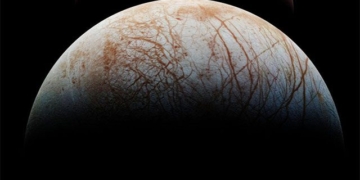Humanity often mentions the dog Laika – the creature considered a pioneer in paving the way for life in Earth’s orbit. However, the truth is that it was not just Laika, but many other dogs also participated in these experiments.
 |
| Laika on Sputnik 2 (Photo: Spacetoday) |
The day Yuri Gagarin flew into space marked the beginning of humanity’s conquest of the vast cosmos. To reach that significant milestone, scientists undertook numerous experiments involving the launch of spacecraft carrying living organisms. The first two dogs to be launched into space by the Soviet rocket in July 1951 were named Digan and Dezik. This experiment was successful, and both Digan and Dezik safely returned to Earth in a capsule that landed with parachutes.
In the following years, experiments continued with increasingly improved conditions and equipment. Dozens of dogs were launched into the atmosphere to discover the secrets of life in space. However, these experiments could not yet be considered “space travel,” as the flights did not exceed the atmosphere to reach Earth’s orbit.
On October 4, 1957, with a rocket traveling at nearly 25,000 km/h, the Soviet Union became the first country to overcome Earth’s gravitational pull and placed the satellite Sputnik 1 into orbit. Just a month later, on November 3, 1957, the first test flight as a true space journey occurred with the participation of the dog Laika aboard the spacecraft Sputnik 2. Sputnik 2 weighed over half a ton and was equipped with scientific instruments to measure solar radiation, assess the characteristics of the layers beyond the atmosphere, and monitor Laika‘s biological indicators. It completed 2,570 orbits around the Earth within 7 days. However, the information about Laika‘s life during those brief 6 hours proved to be invaluable for preparing to send humans into space.
After Laika, many other dogs were sent into orbit by Soviet scientists. In August 1960, the test flight with two dogs Belka and Strelka achieved remarkable success. These two “four-legged astronauts” safely returned to Earth after orbiting 17 times, receiving a grand welcome. This success demonstrated that, with current technology, humans could live and work in Earth’s orbit. Upon learning of the flight, Jacqueline Kennedy, the wife of then-President John F. Kennedy, sent a congratulatory message to Soviet leaders and requested to adopt one of Strelka‘s offspring. In response, the Soviet Union gifted her a white puppy named Puchok, the child of Strelka.
 |
| The two Russian dogs Belka and Strelka (Photo: Spacetoday) |
Four months after the flight of Belka and Strelka, in December 1960, the test flight with two dogs Alpha and Zhulka did not yield the desired results. The spacecraft encountered a malfunction, and the capsule had to be ejected unexpectedly. The parachute carrying the capsule with Alpha and Zhulka landed in the desolate region of Siberia. Miraculously, these two little astronauts emerged safe and sound. Four months later, Chief Designer Sergei Korolev conducted another test flight with the dog Zvedochka (Little Star). Some say it was initially named Udachi (Victory), but as preparations began for the launch, Yuri Gagarin himself renamed it.
With this name, the dog Zvedochka entered the annals of aerospace history after successfully completing a flight under conditions nearly identical to Yuri Gagarin’s, including machinery, flight duration, and landing conditions. With the results obtained, Soviet scientists decided to launch Vostok 1, sending Yuri Gagarin, the first human astronaut, into space, ushering in the era of cosmic exploration.




















































